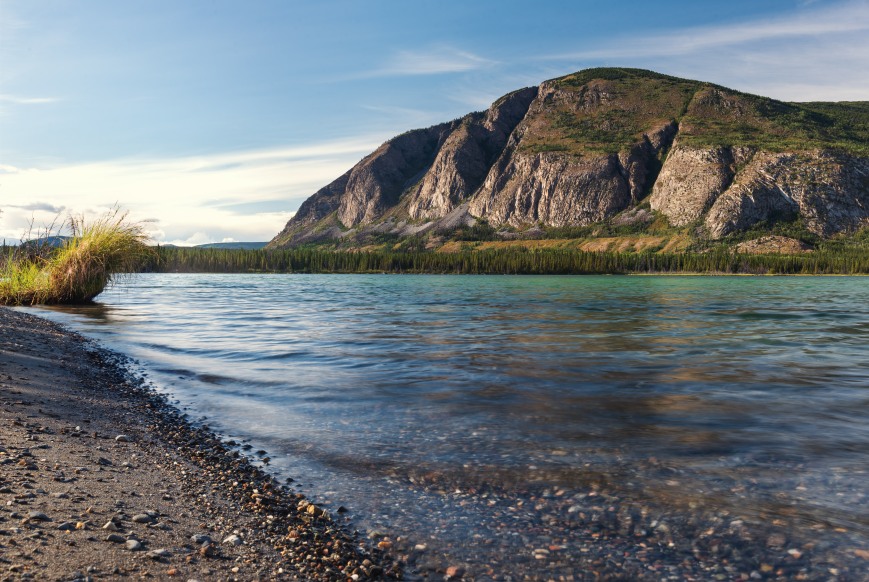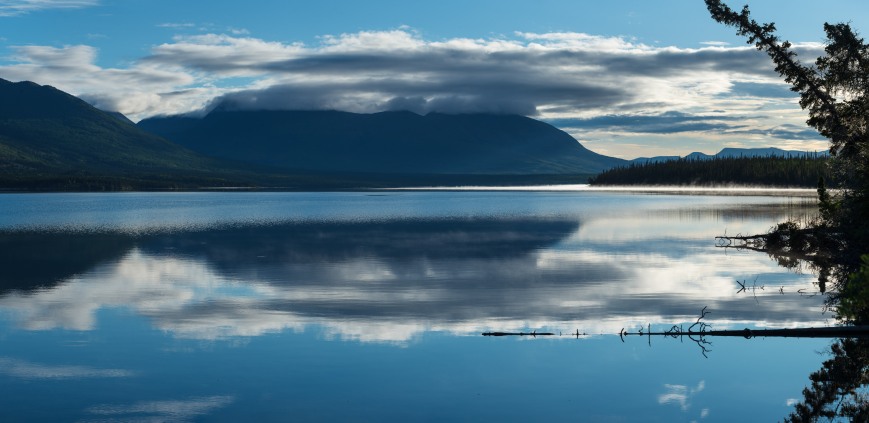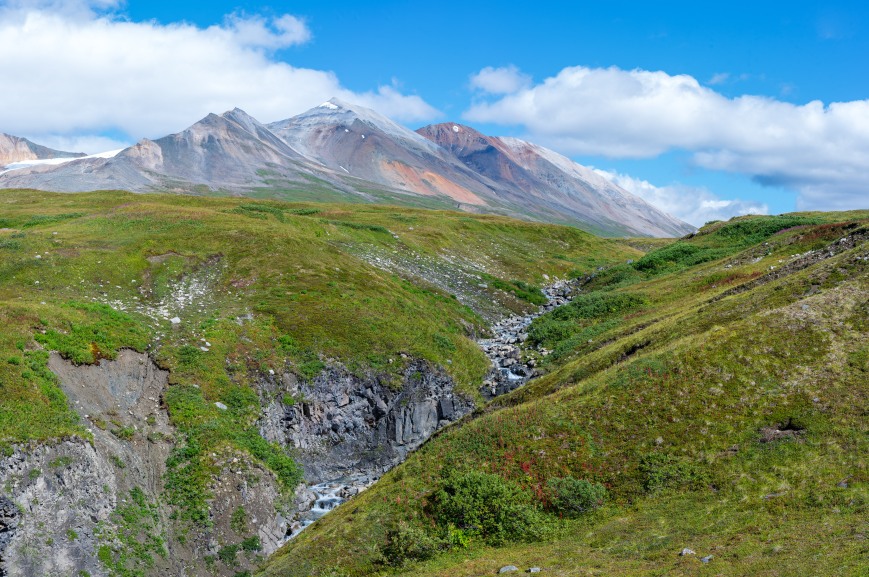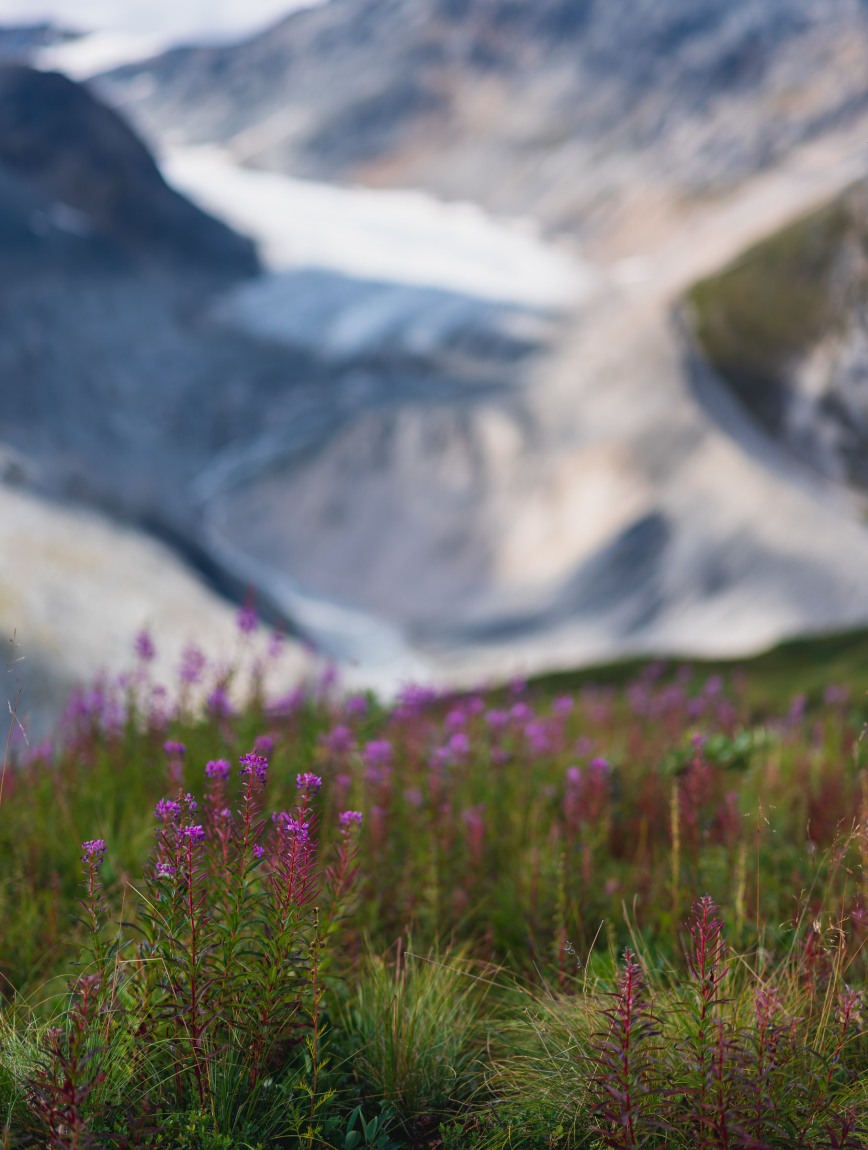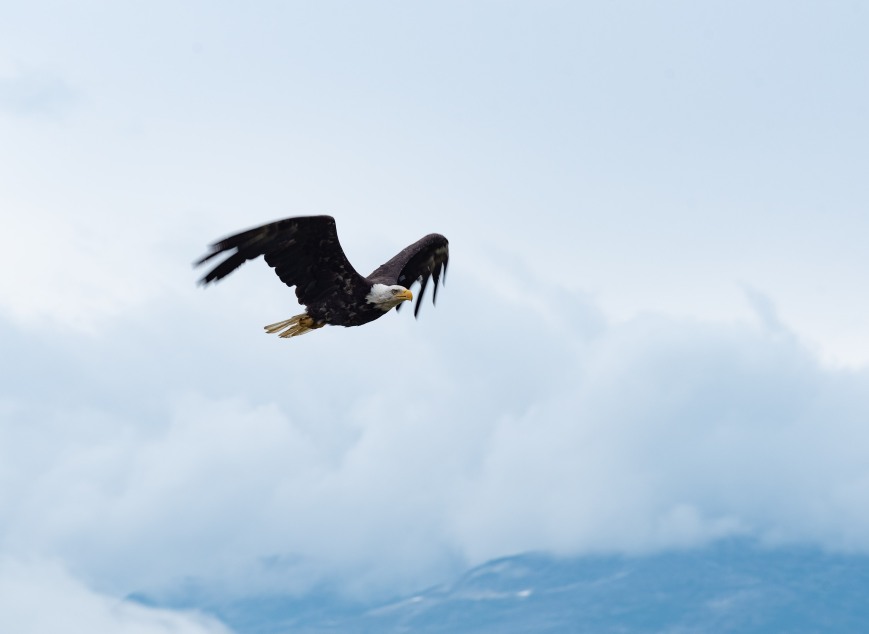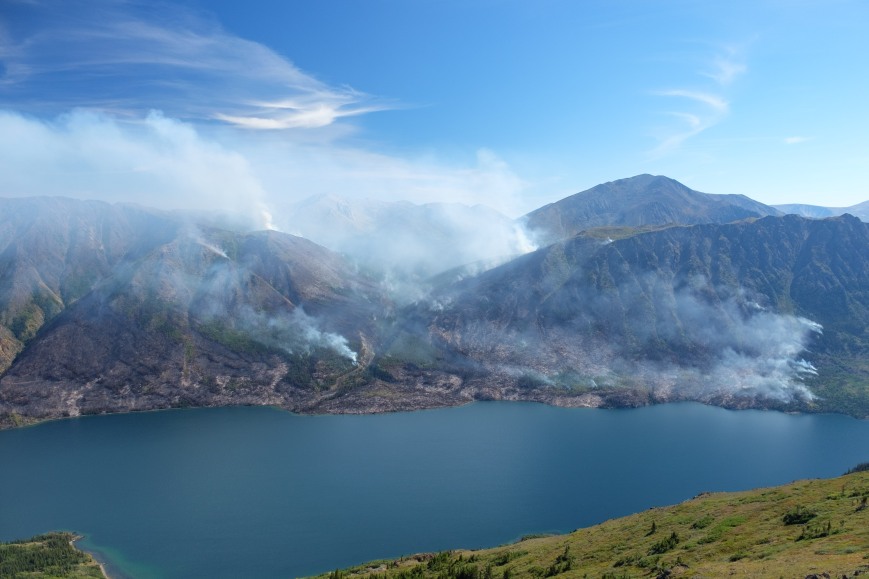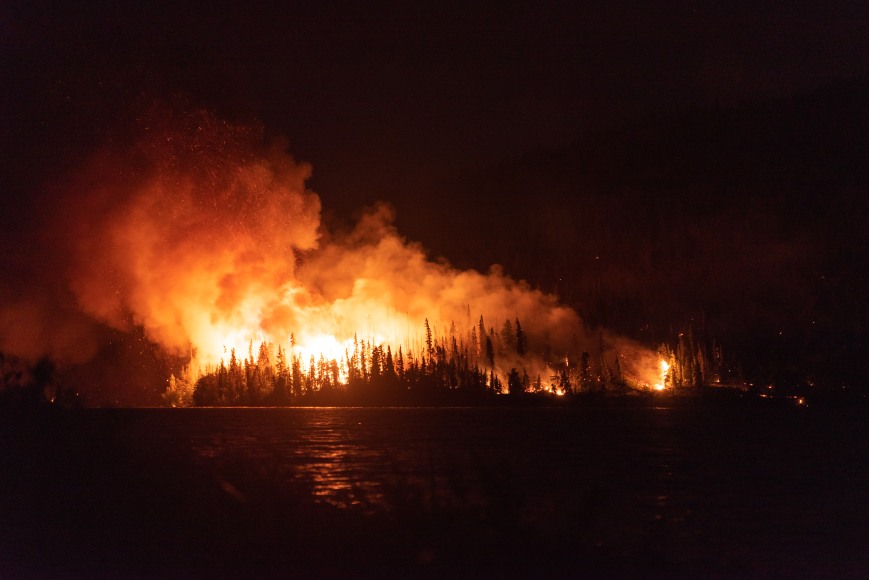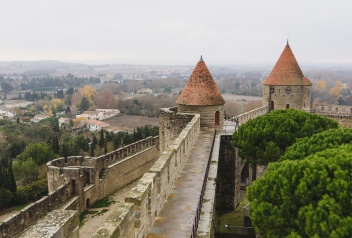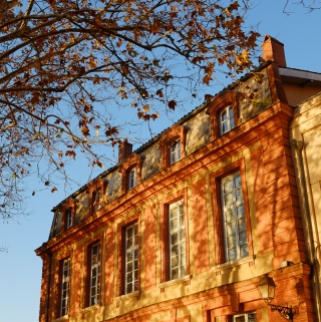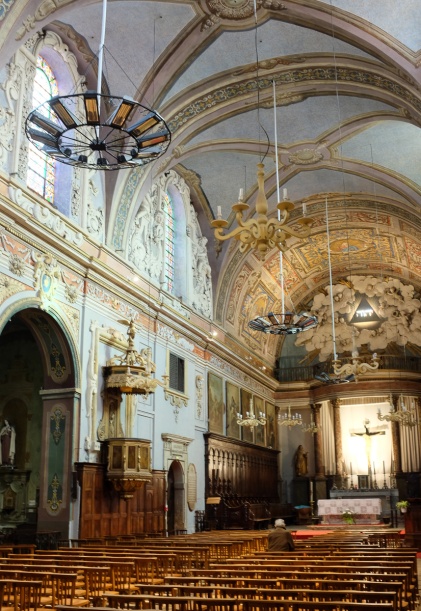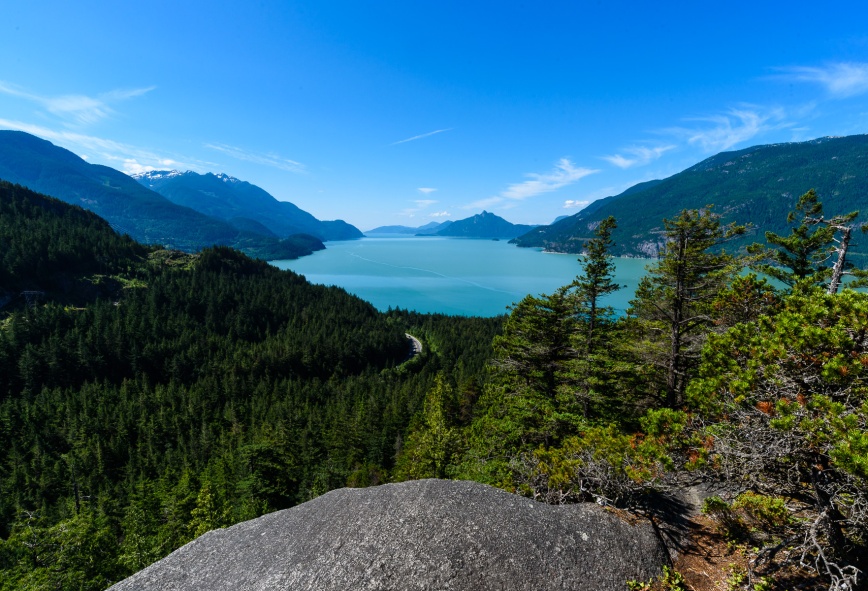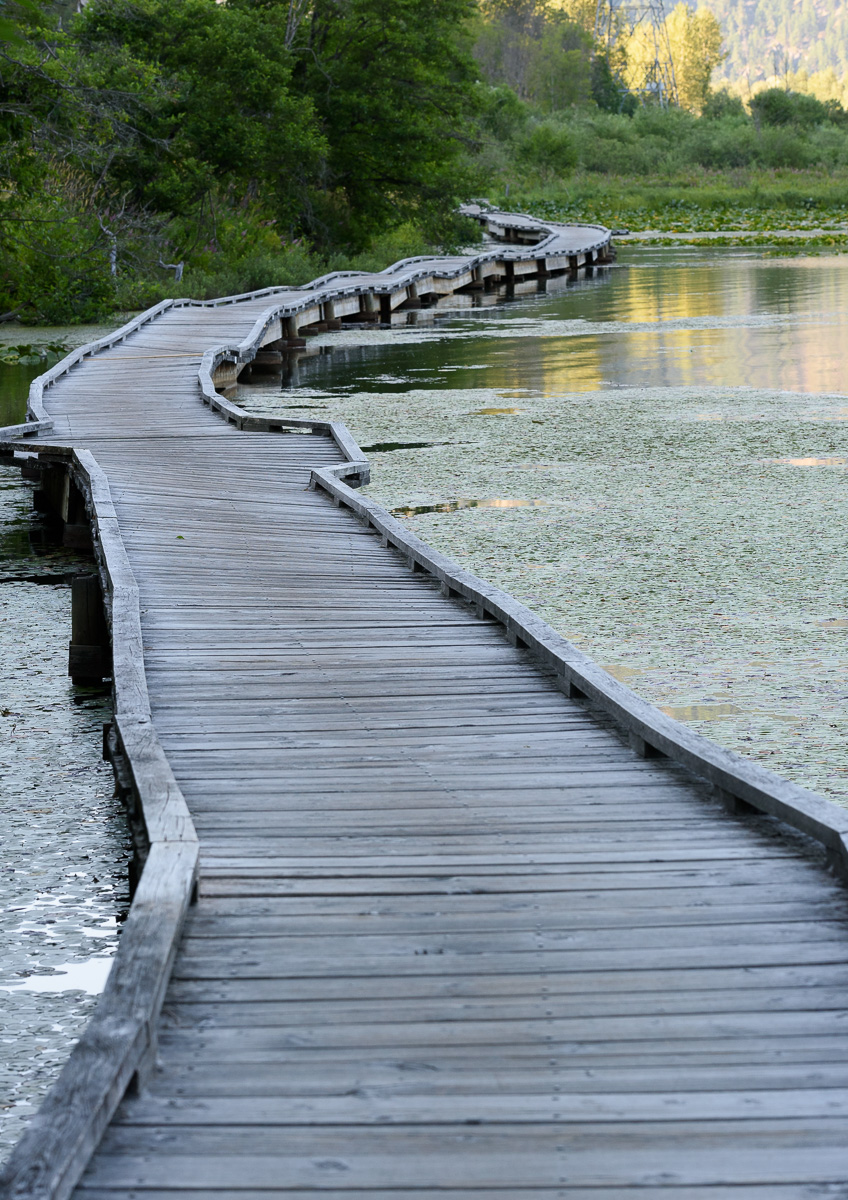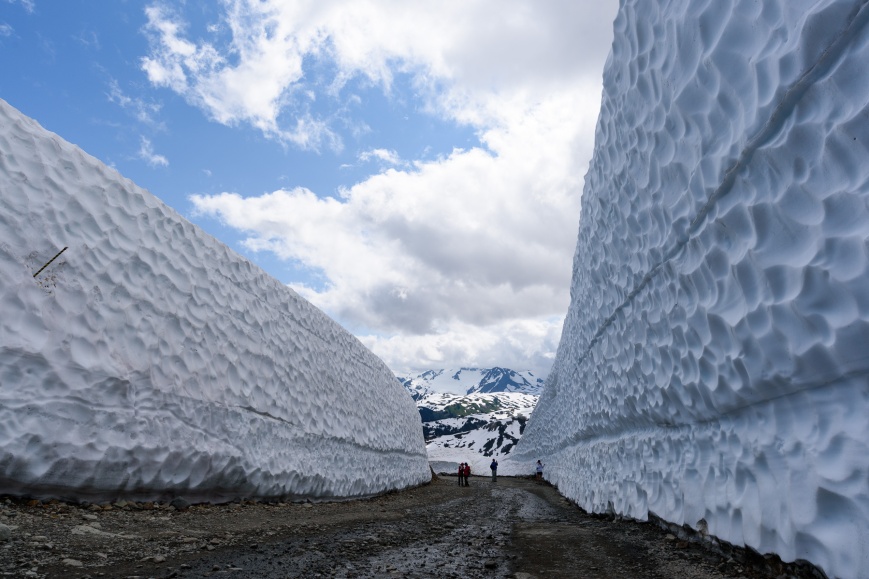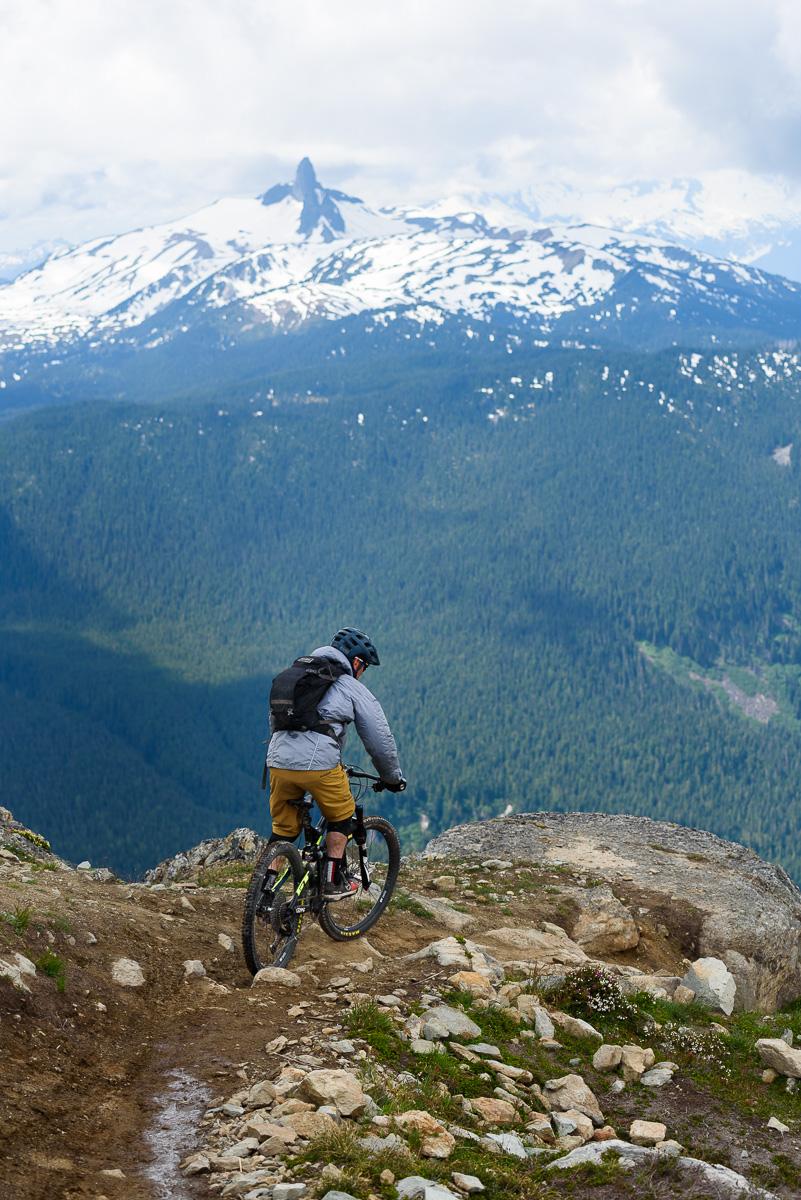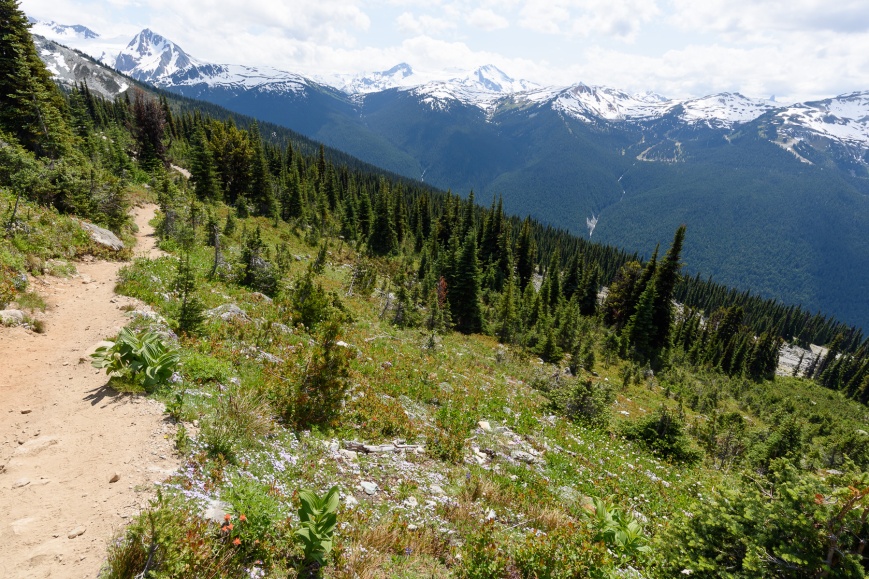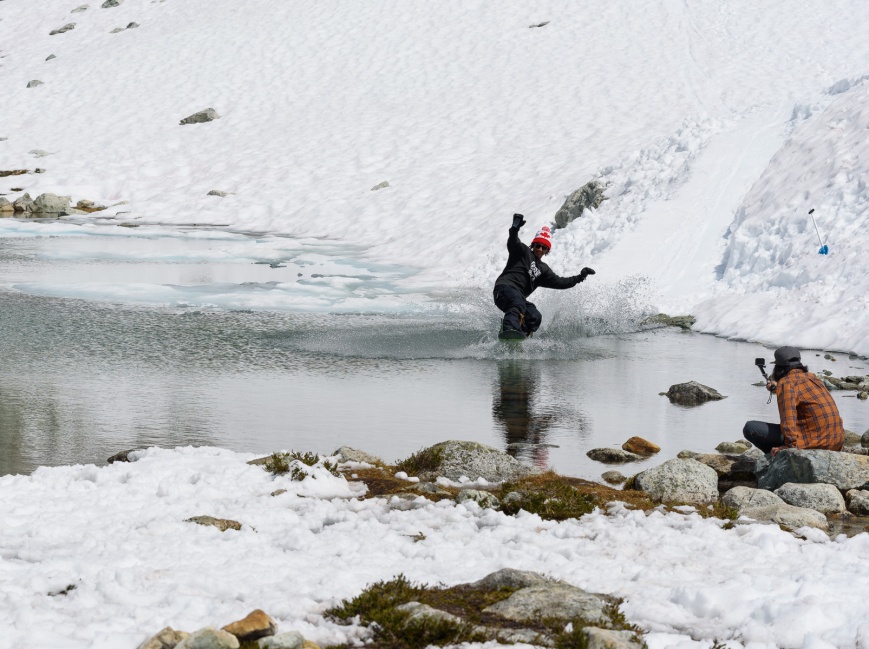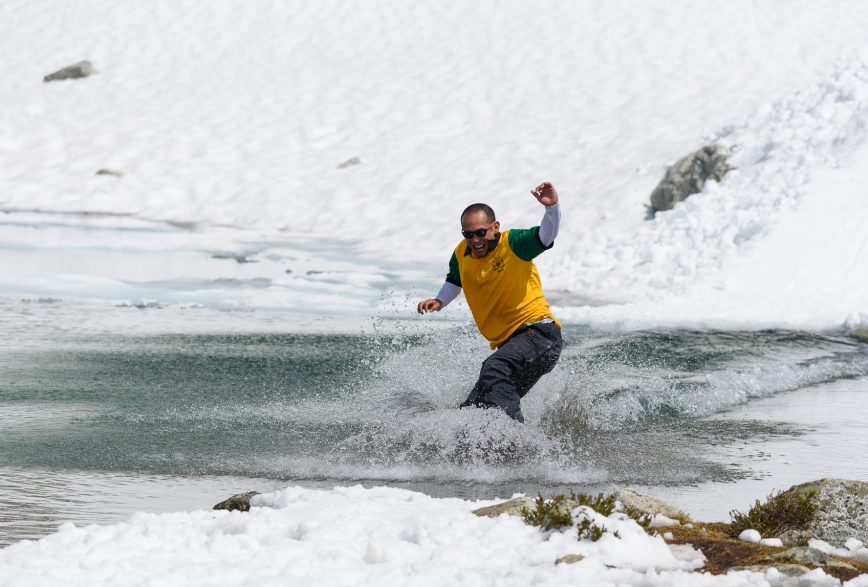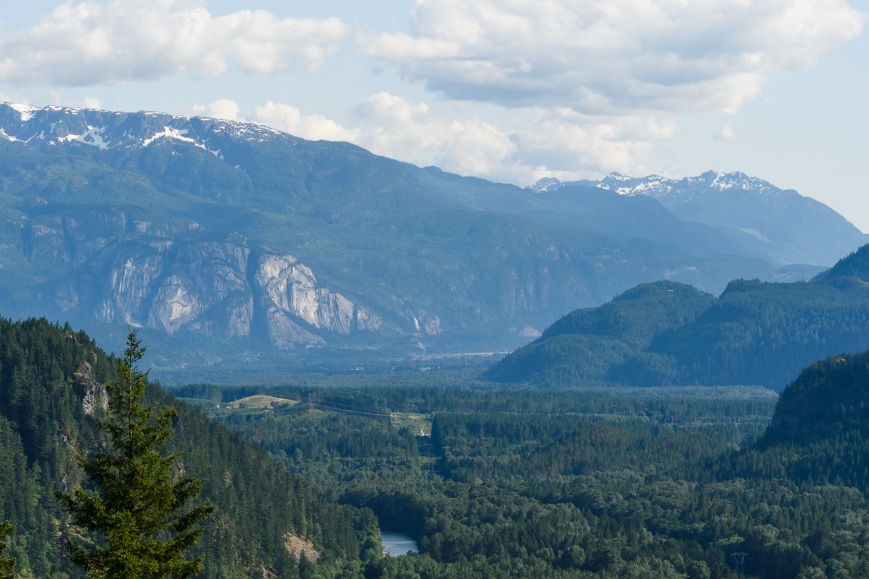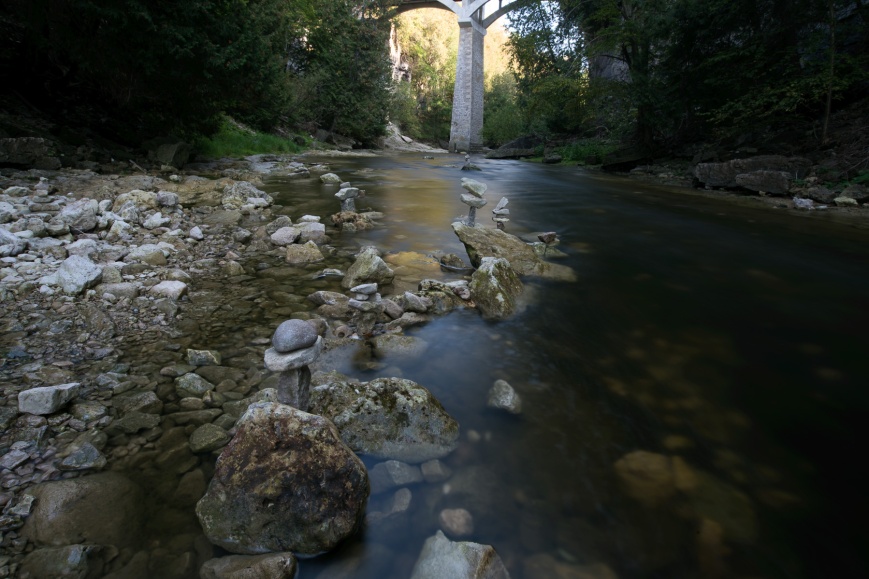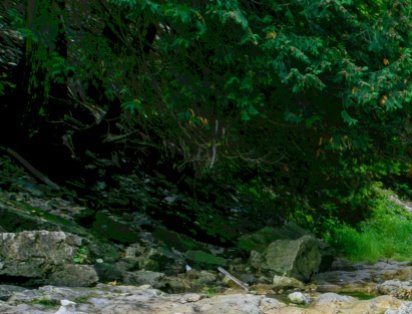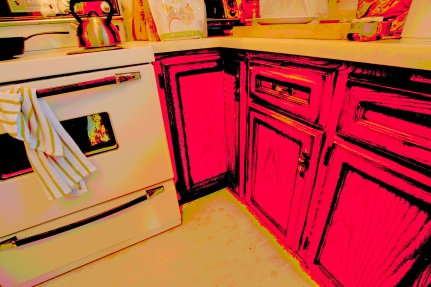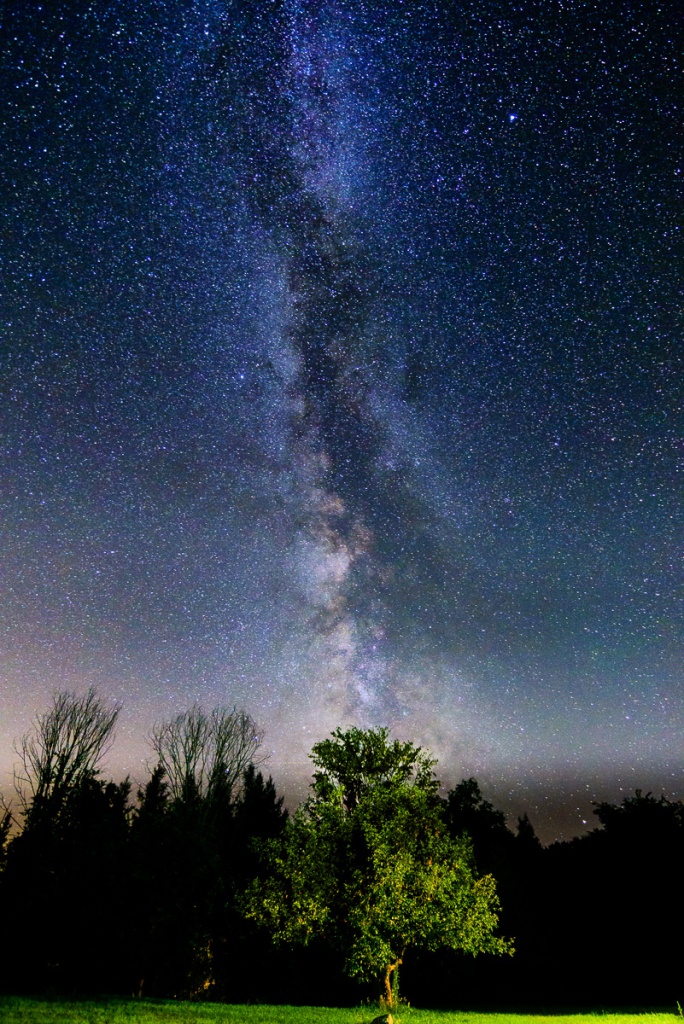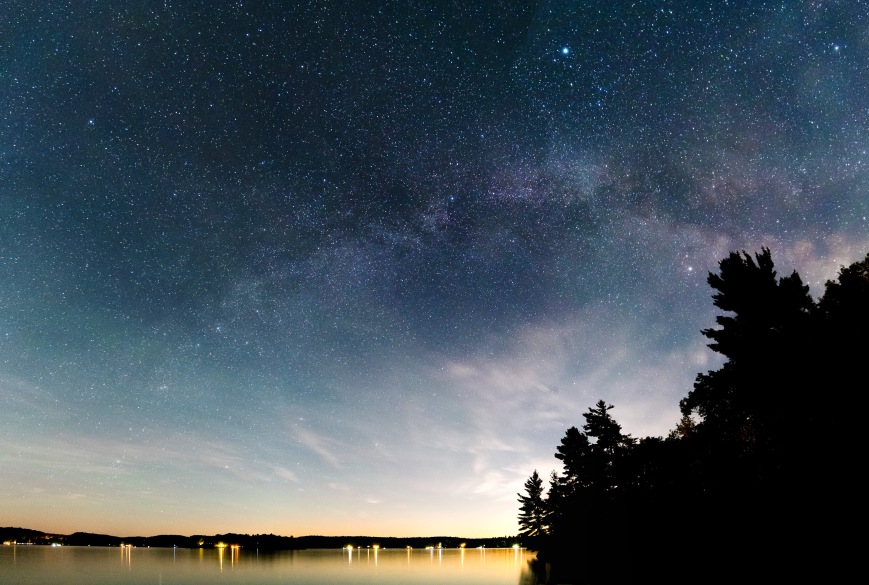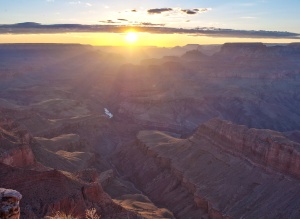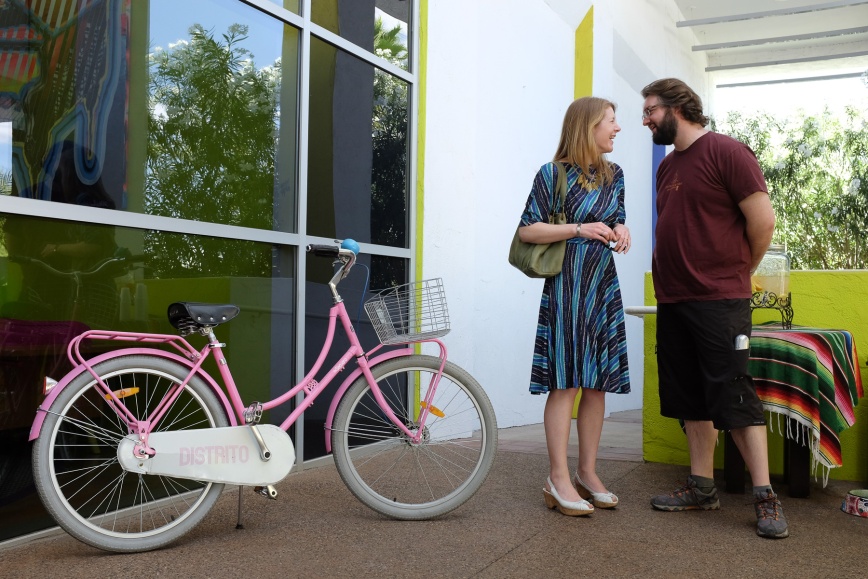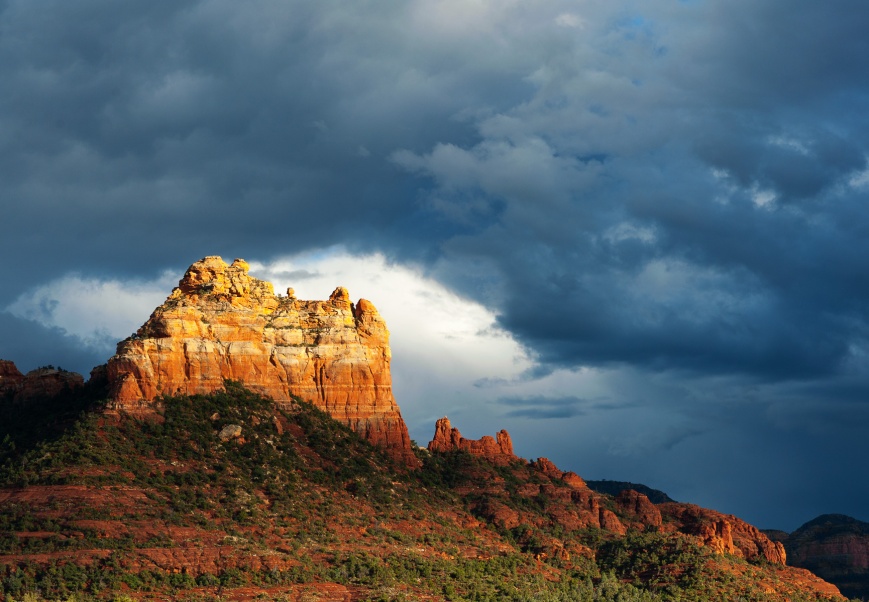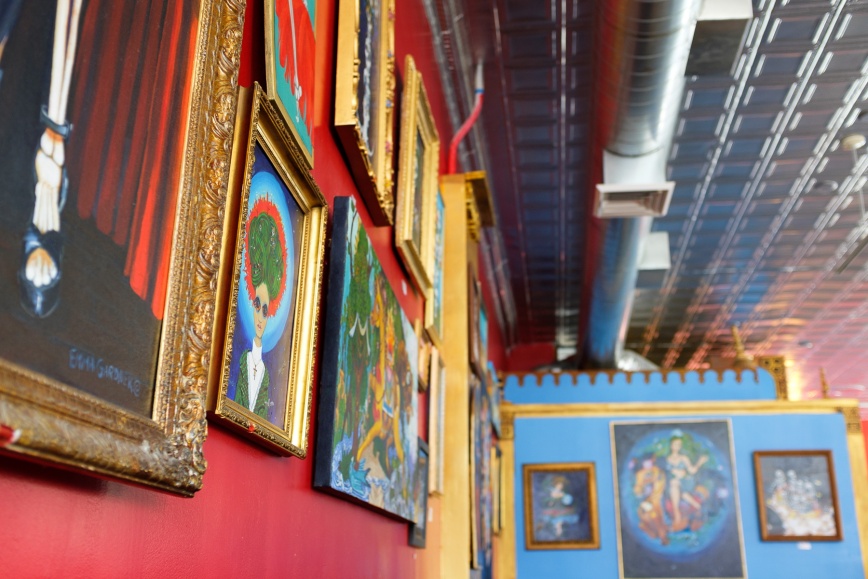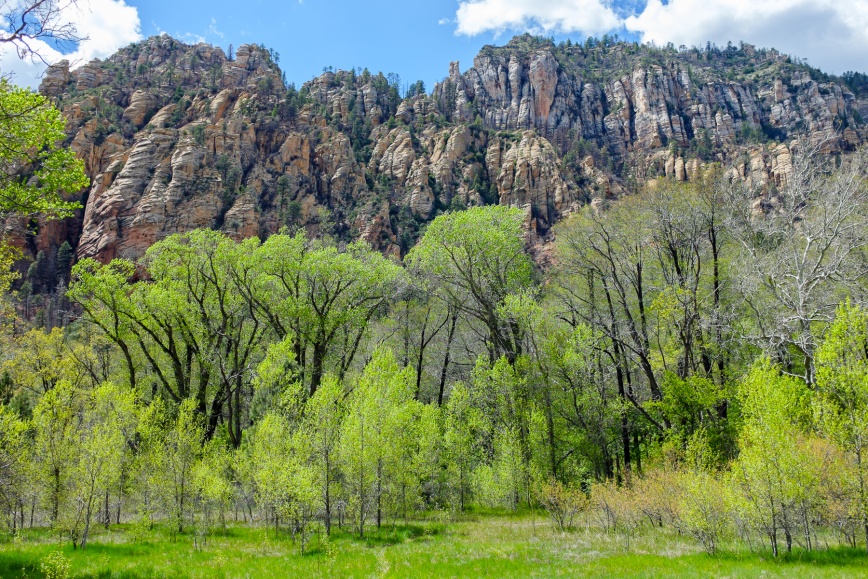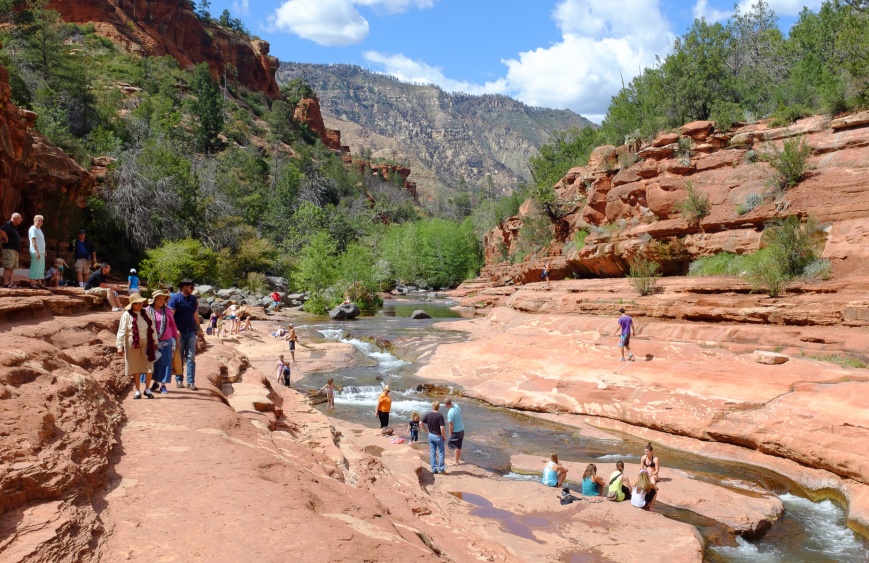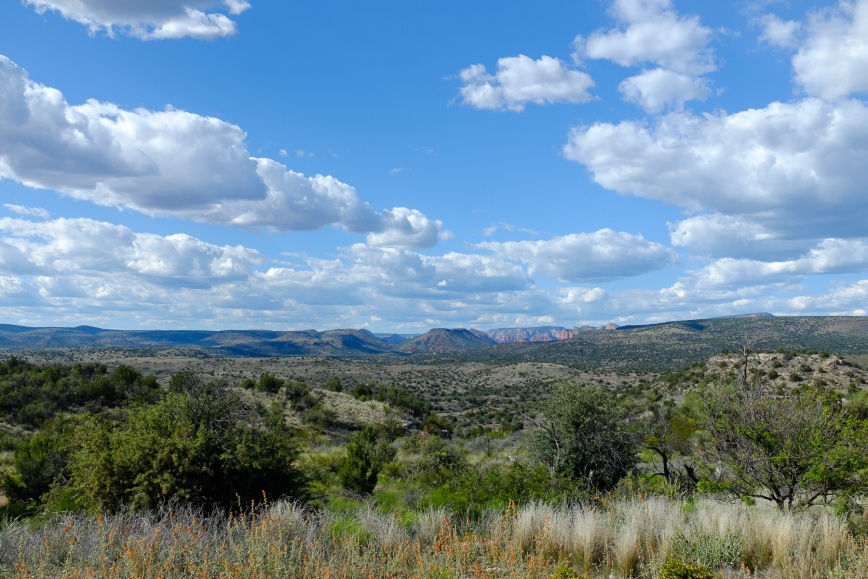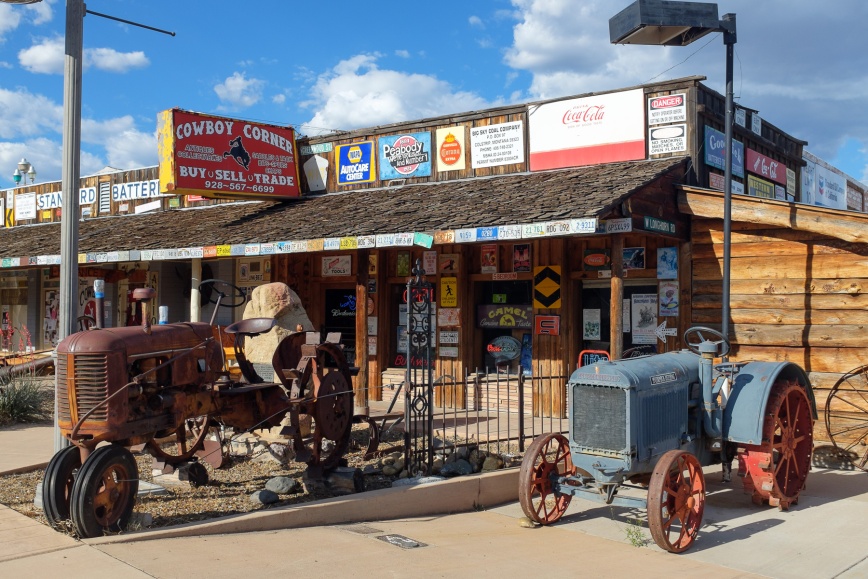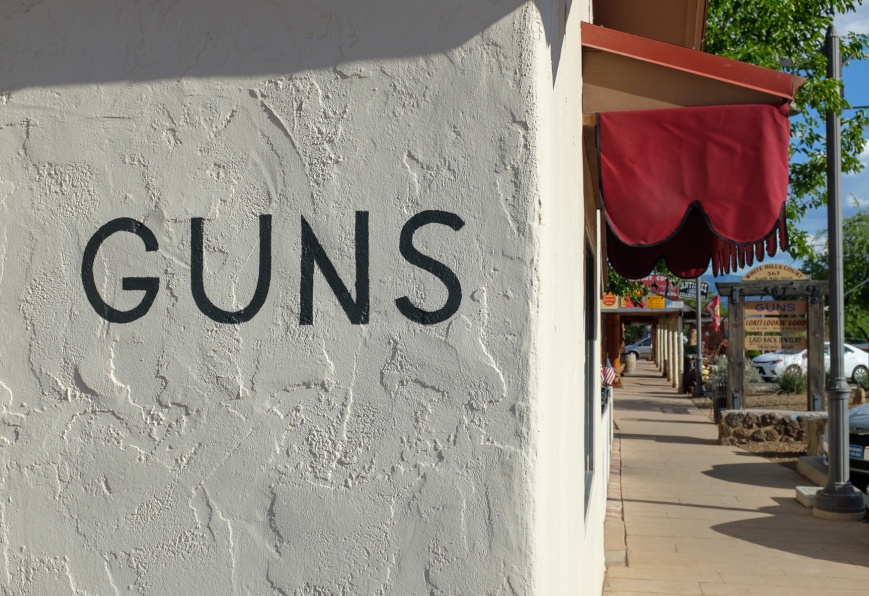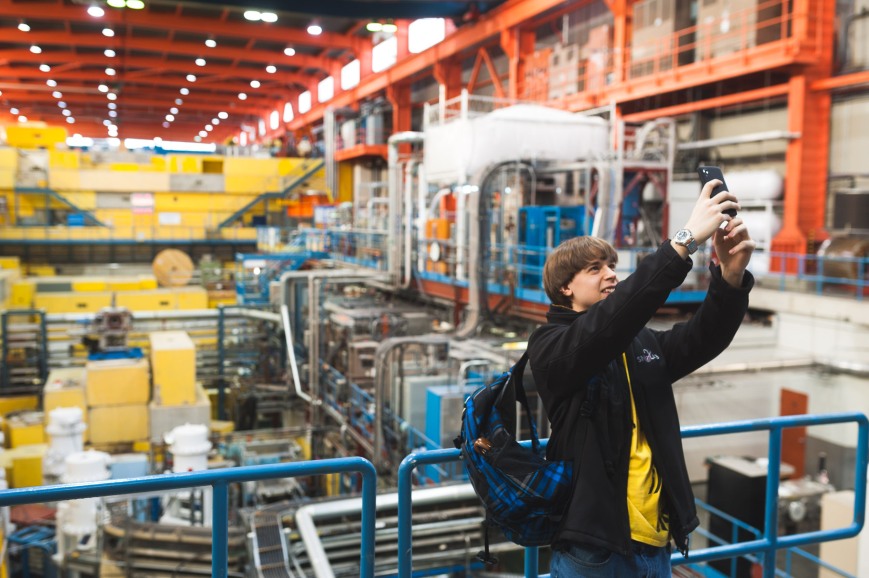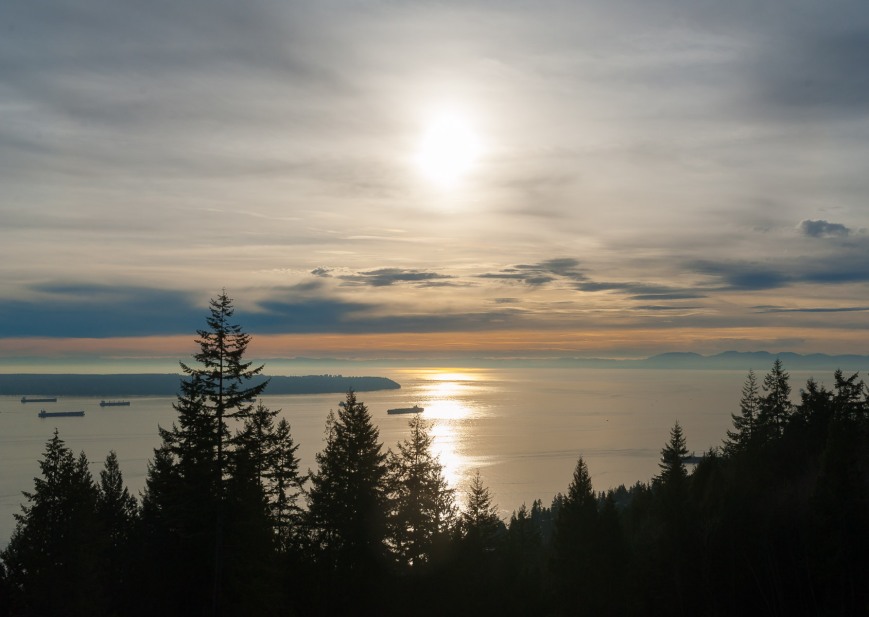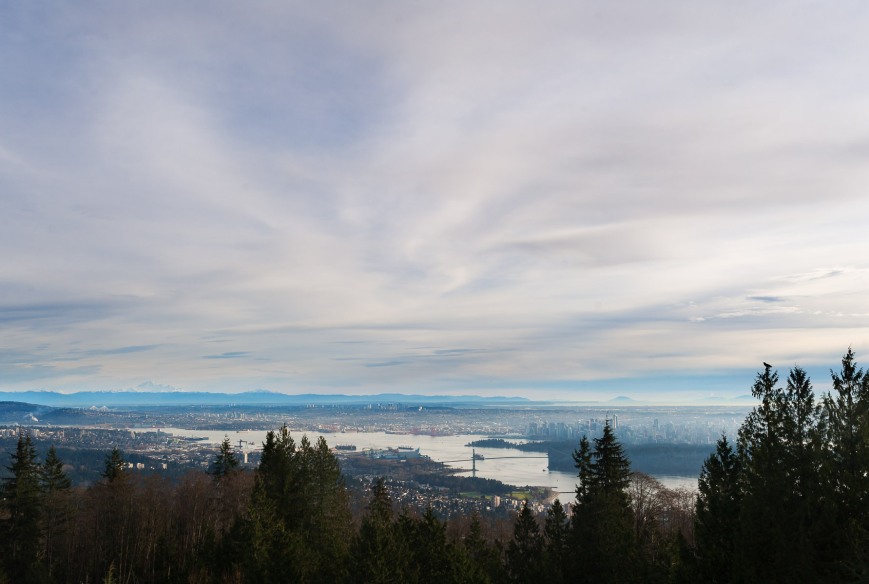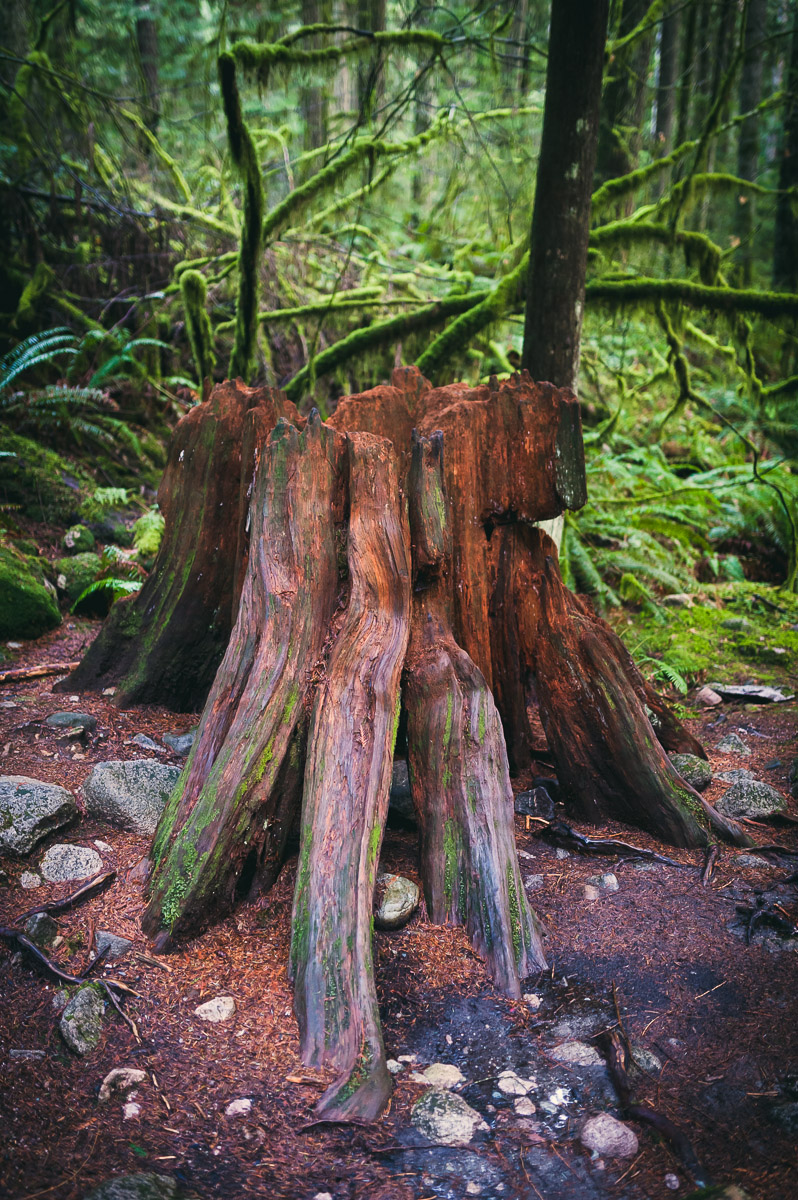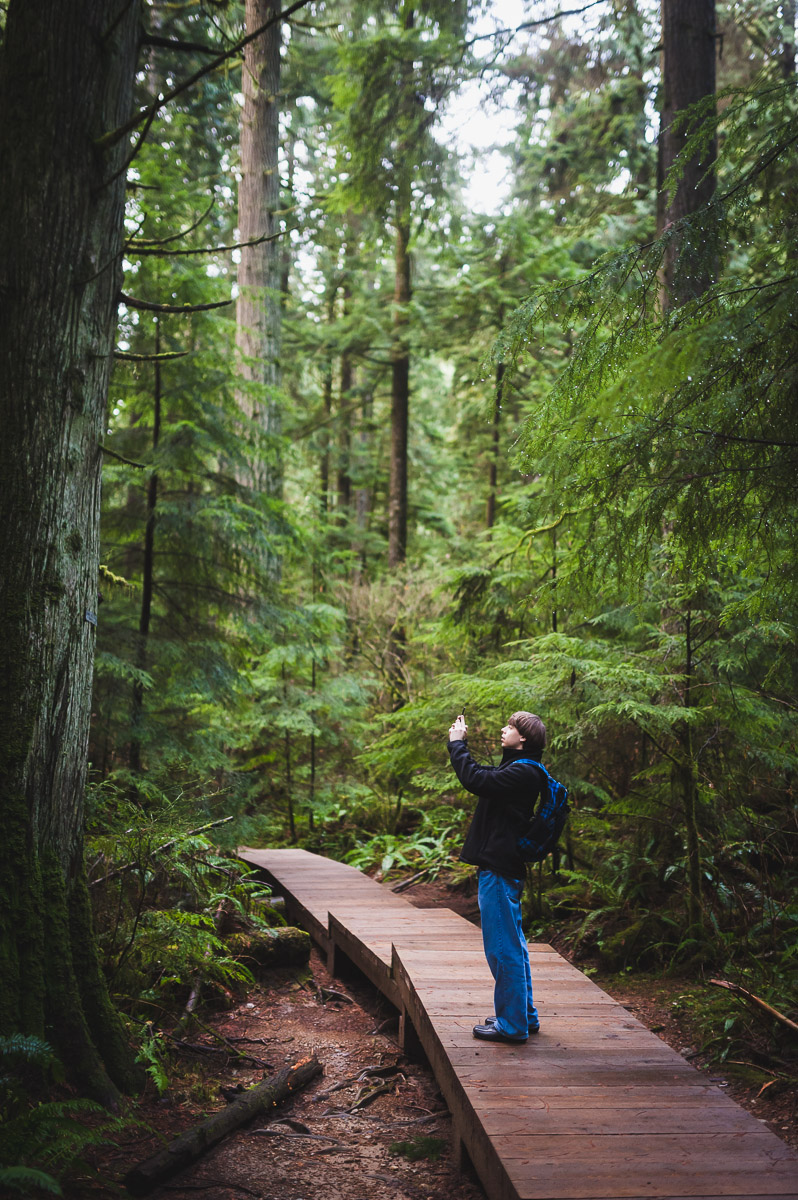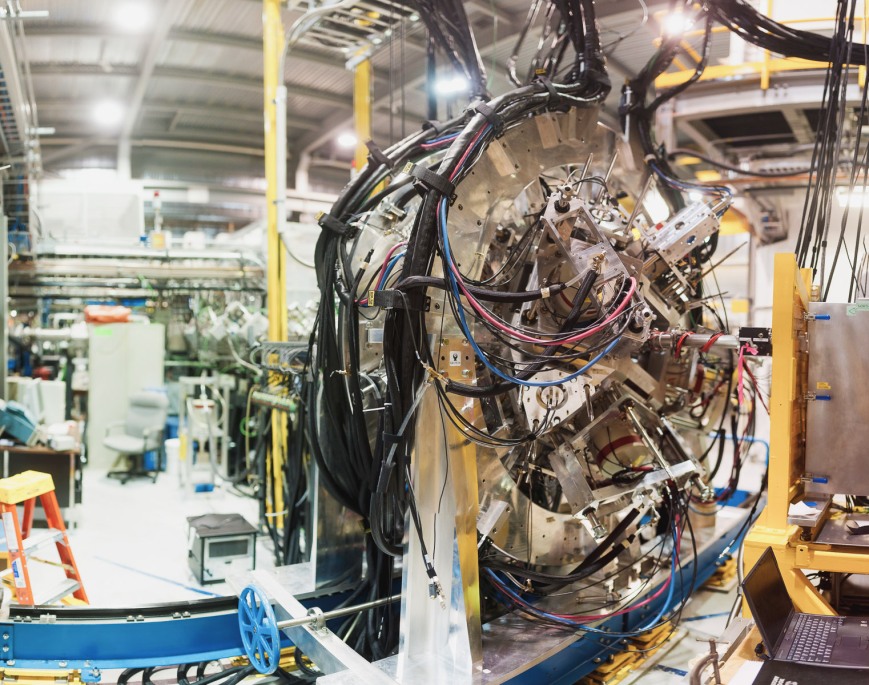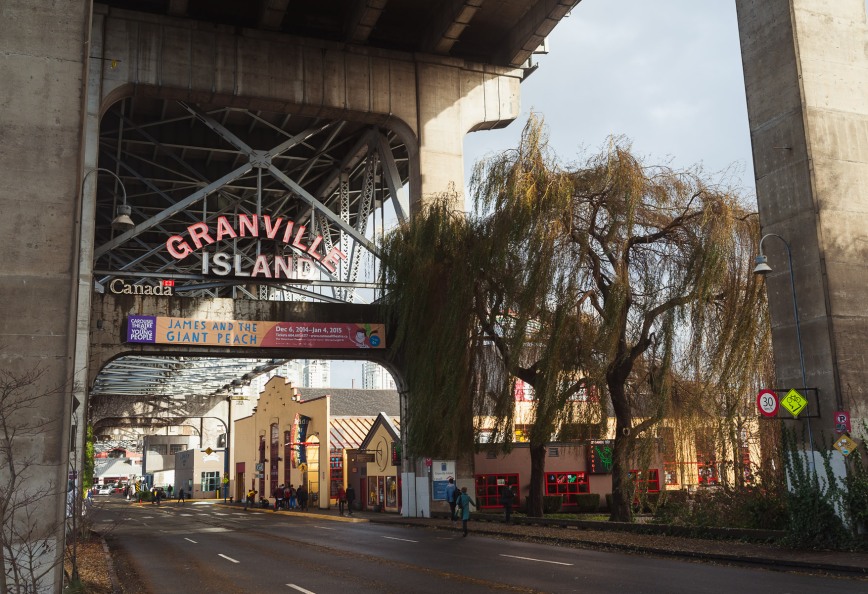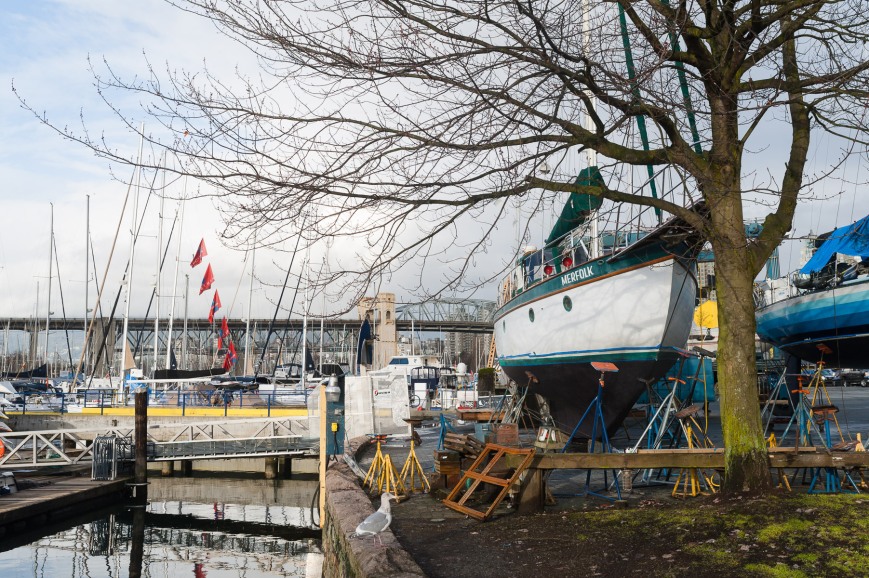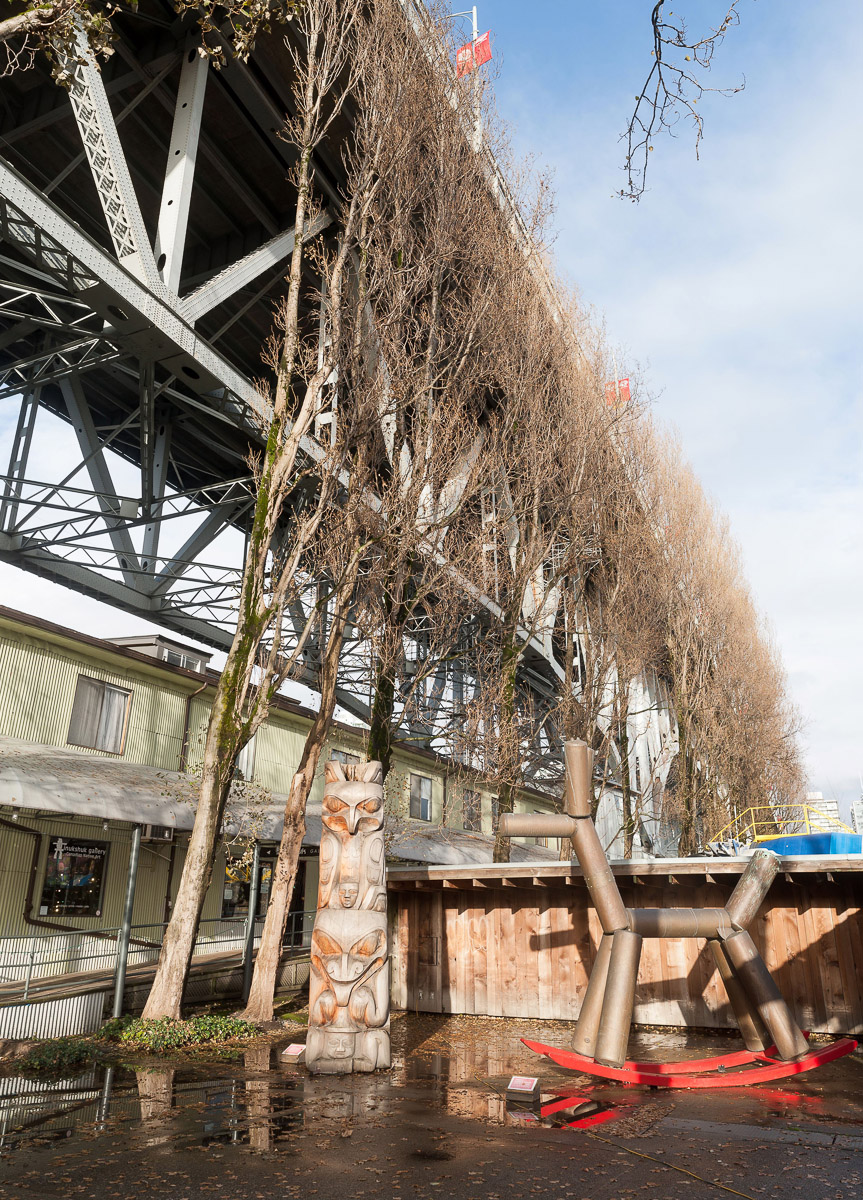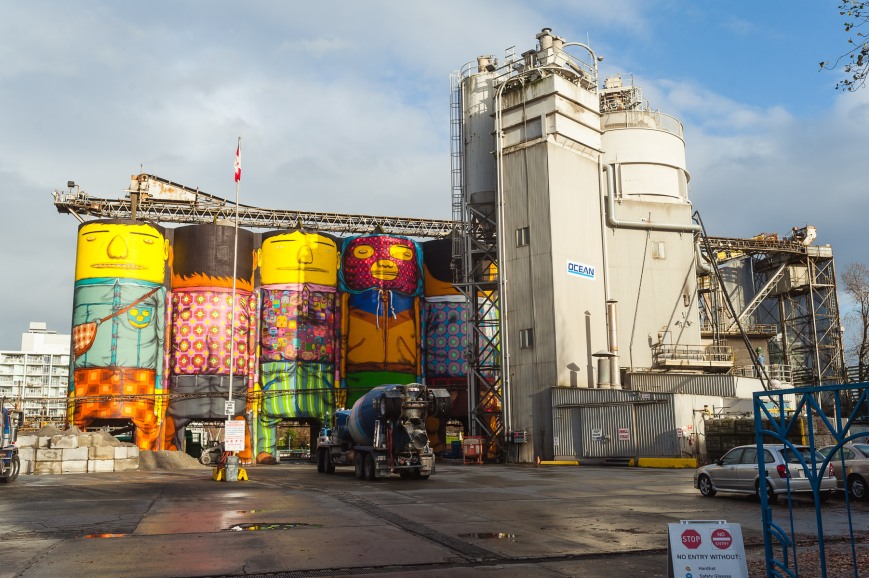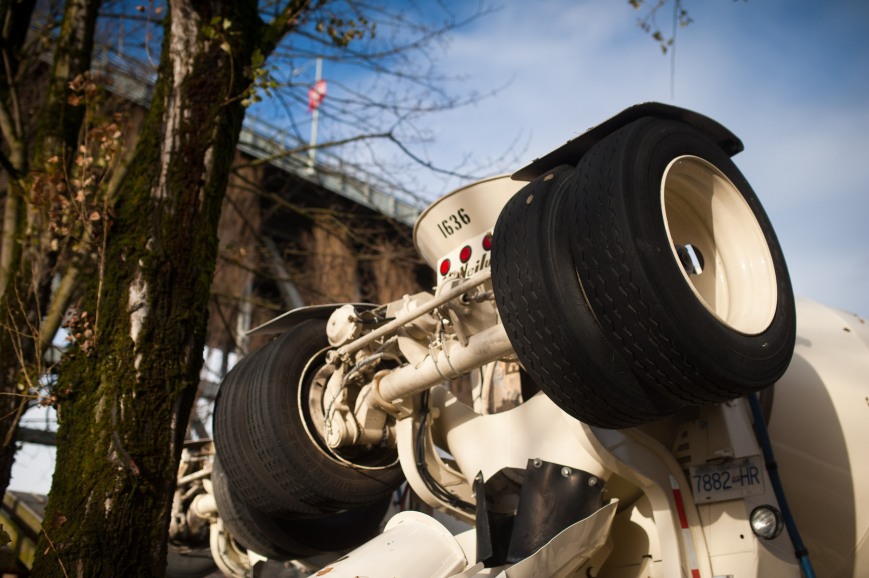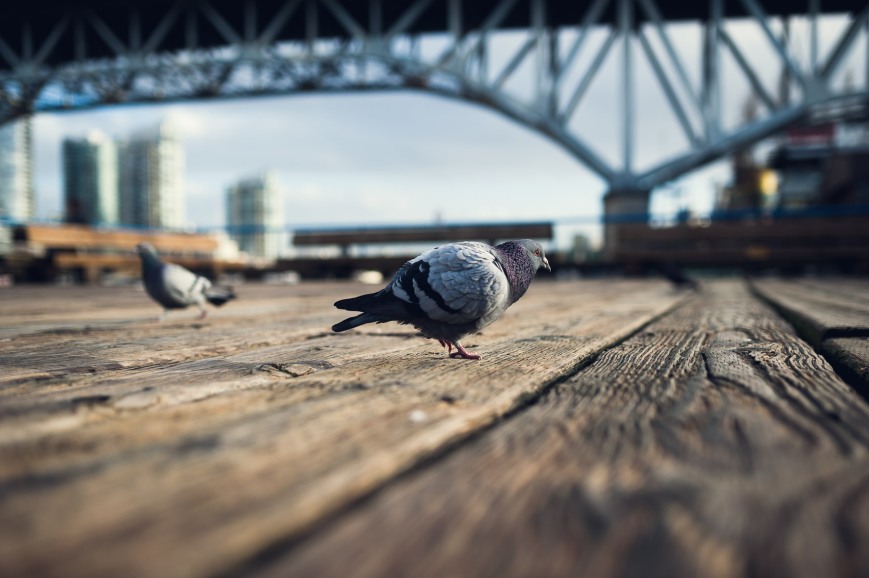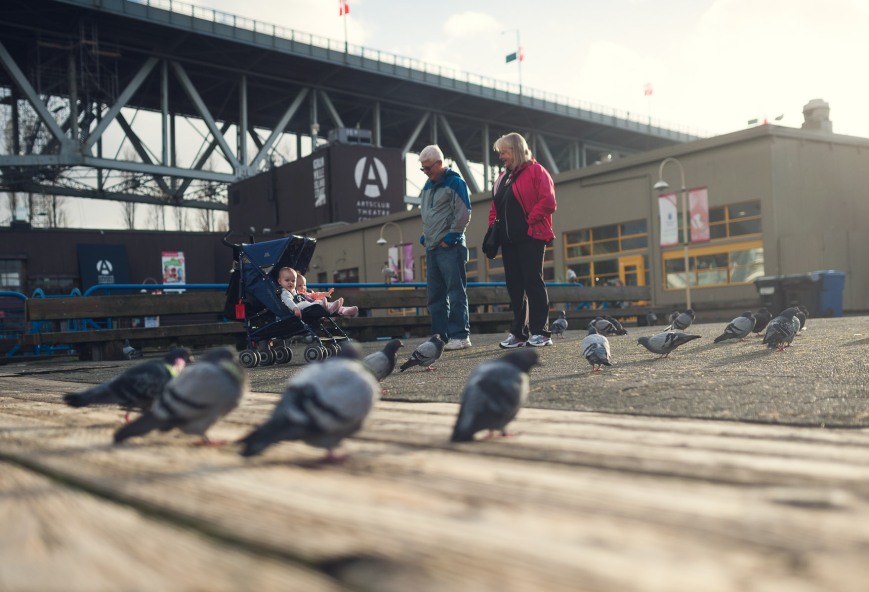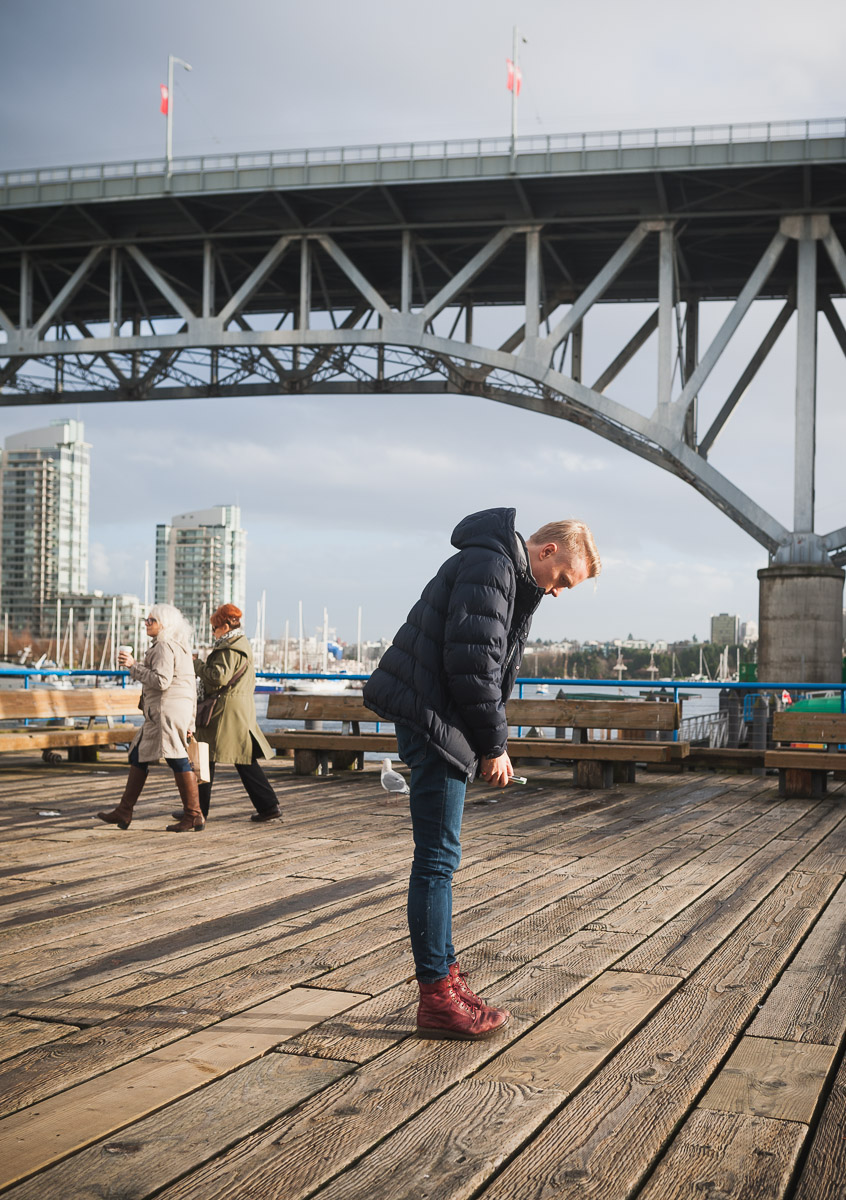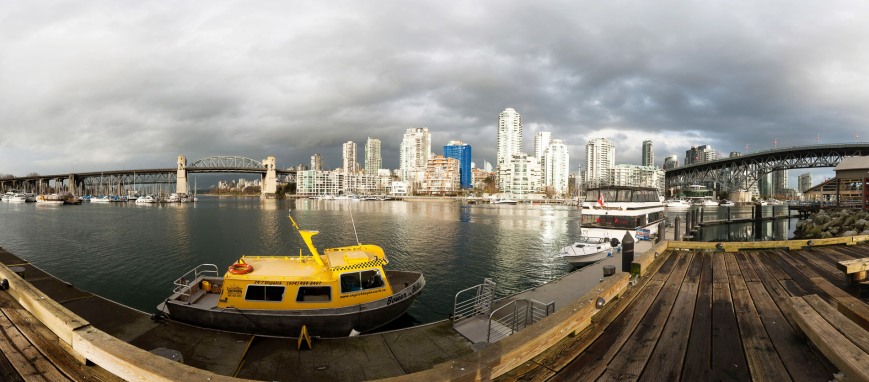Well, 2019 is over in a few hours and I thought it would be a good time to share a few of my favourites from the year. Photographically it was a very good year. I took a big step back from taking photos for other people yet I still took about 12000 shots, the majority being self-motivated.
Jenny and I had two trips, to Cuba in February and Spain in November. For both of these trips I brought the lightest kit I could… the X100S to Cuba and my new X100F to Spain. I brought the WCL and TCL adapters as well and made pretty heavy use of the former.
Speaking of the X100 cameras, more of my favourites were with those bodies than my two Nikons (D750 and D810) combined. That says as much about the “bring everywhere” portability as it does about the image quality. Still, I’m delighted by those little cameras. I took my favourite Milky Way shot so far on the X100S with the WCL and the minuscule Ultra Pod.
I picked up two new lenses this year, the Nikkor AF-S 24mm f/1.8 G and the Samyang 14mm f/2.8. The Nikon 24 was my default hiking lens, along with the 70-200mm f/4. The Samyang, on the hand, was used maybe just 3 times. Yet, it took one of my absolute favourite all time shots (the boathouse at sunset). Looking at the other shots in this post I see appearances from the Nikon 18-35, 24, 60 macro, 135 DC, the Sigma 35 and 50 1.4 ART lenses, the Samyang 14. The X100 series make up the rest with 5 from the native lens, 6 from the WCL and one from the TCL.
I also managed to complete a month of Photo of the Day but called it off when I got too busy… maybe I’ll pick it up again in 2020!
So here are my favourites, in order of date:

Street shot in Trinidad, Cuba (X100S and WCL-X100)

Street shot in Trinidad, Cuba (X100S and TCL-X100)

Playa Ancon, Cuba long exposure (X100S and WCL-X100)

From the roof of our hotel at Playa Ancon, Cuba (X100S and WCL-X100)

Milky Way at Playa Ancon, Cuba with an alignment of the Moon, Venus, and Saturn (X100S and WCL-X100)

Spring thaw at Schneider’s Bush, my favourite local trail (panorama D810 and Sigma 50mm f/1.4 ART)

Greta on the Piano (D750 and Sigma 35mm f/1.4 ART)

Hall’s Lake boathouse at sunset (D750 with Samyang 14mm f/2.8)

Milky Way near Thornbury, Ontario (D810 and Nikon 18-35mm f/3.5-4.5, panorama with five exposures at each of two positions, processed with Sequator)

Milky Way near Thornbury, Ontario (D750 and Sigma 50mm Art at f/1.4, 6s, ISO 1600. 9 images combined in Sequator)

Old Baldy, Beaver Valley Ontario (X100S and WCL-X100)

Leslie and Magnus (X100S and WCL-X100)

X-Wing (D810 with Nikon 60mm f/2.8 G Micro)
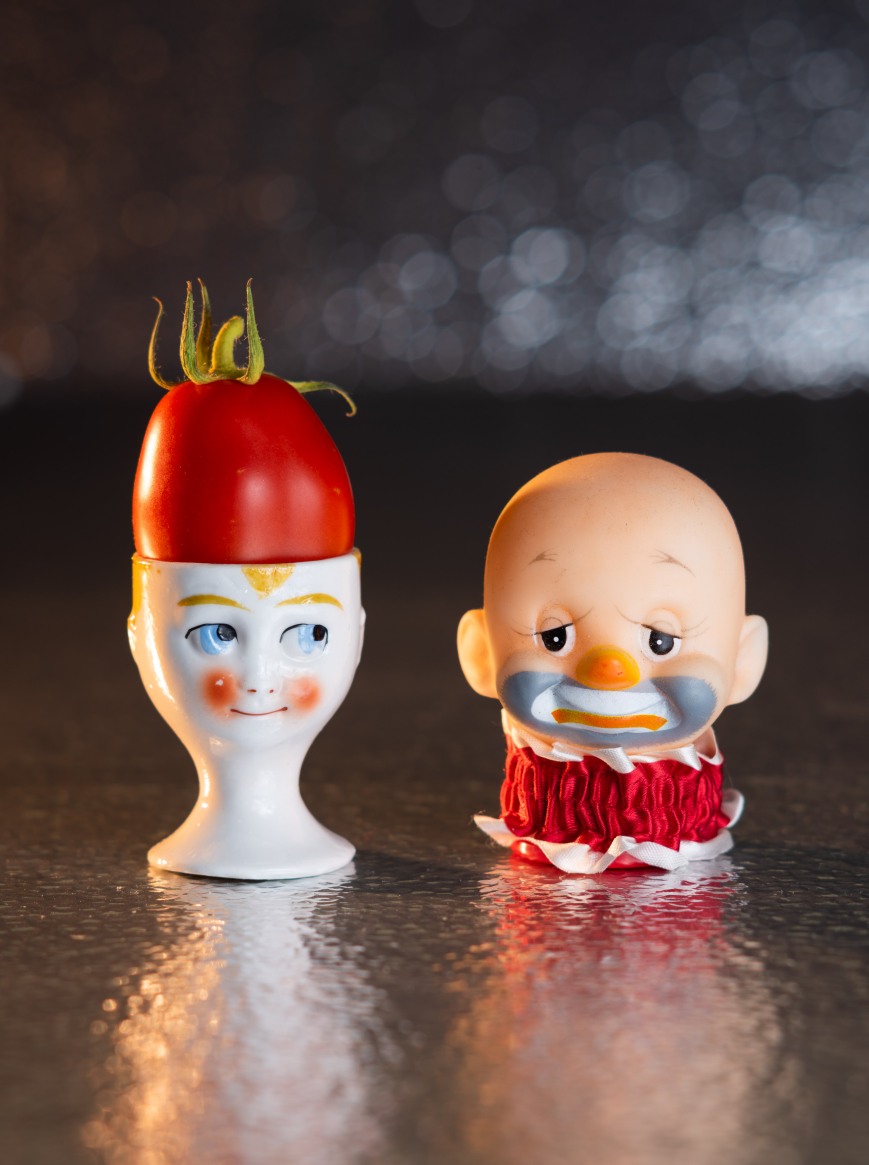
Egg Cup and Clown (D810 and Nikon 135mm f/2 DC)

A perfect puffball (X100S)

North Dumfries, Ontario (D750 with Nikon 24mm f/1.8 G)

Canada flag and a cornfield near St Jacobs Market, Ontario (X100S)

Sunrise at Breithaupt Park, Waterloo, Ontario (D810 with Nikon 18-35mm f/3.5-4.5 G)

Misty sunrise on the Grand River, Waterloo, Ontario (D810 and Nikon 24mm f/1.8 G)
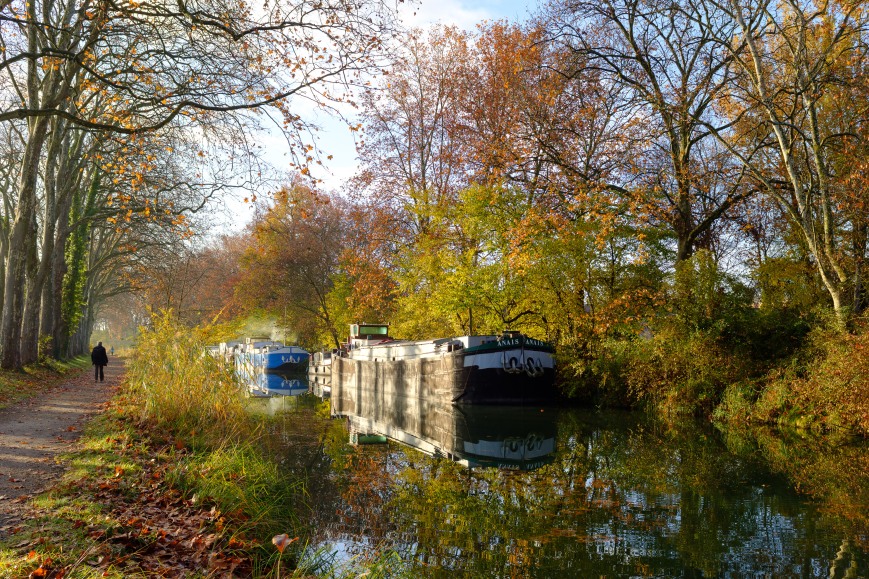
On the Canal du Midi, Toulouse, France (X100F)

Placa de Sant Filip Neri, Barcelona, Spain (X100F)

Sunset in Gerona, Spain (X100F)












